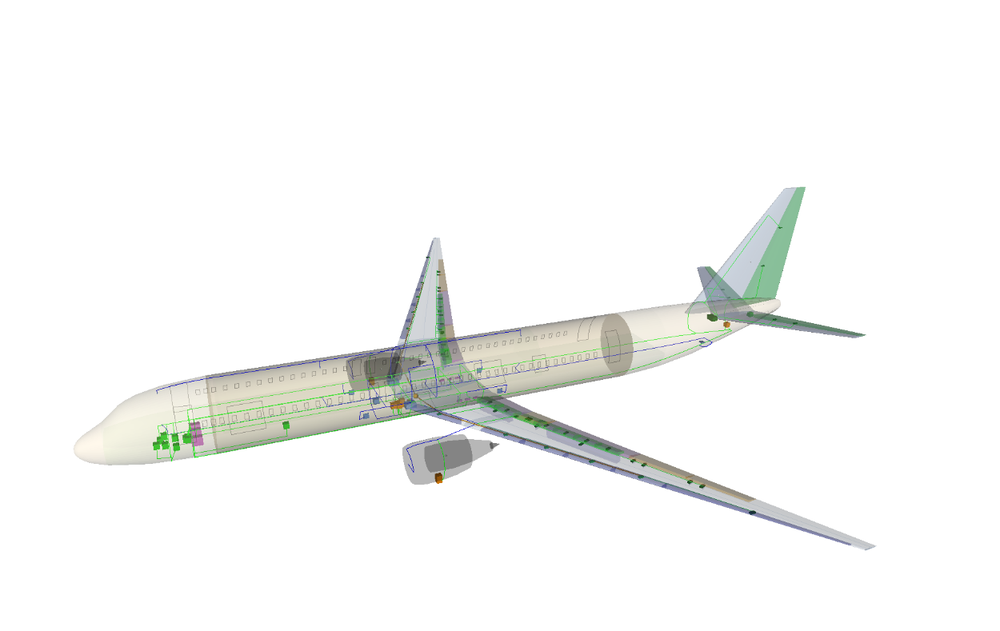Innovative Flight Systems
The safe operation of an aircraft depends on the correct interaction of various systems within the aircraft. Each of these aircraft systems fulfills a dedicated functionality. The allocation of functionalities to well-known aircraft systems has been continuously optimised for conventional aeroplanes over many generations in recent decades. There is a comprehensive knowledge base and experience regarding their operational behaviour.
However, the transformation to a sustainable aviation, along with the associated, sometimes disruptive, innovations in future climate-neutral aircraft, cannot be achieved through mere incremental improvements to the systems we know today. Instead, it will require, at least in part, the implementation of entirely new technologies in safety-critical applications. To enable this while maintaining the accustomed level of safety, the institute conducts research not only on optimising existing systems but also on the introduction of new, innovative systems for future aircraft.
The focus is on developing and assessing system architectures as well as their concrete integration. Established aviation standards such as ARP4754 and ARP4761 are also applied and further developed in this context. The goal is to elaborate solutions that can be integrated into the overall design. Additionally, as part of these activities, research is being conducted on the application of Model-Based Systems Engineering and the use of digital design methods to make the development processes of future aviation programmes more efficient.
One example of disruptive flight systems being investigated at the institute is configurations with novel hydrogen propulsion systems. Similar to current military aircraft with significantly increasing fuel mass fractions, the movement of fuel within the tanks can have a strong influence on flight behaviour. Accordingly, knowledge of the dynamic fluid state is increasingly relevant for flight dynamic analyses and control engineering applications. In order to capture the corresponding effects, real-time capable surrogate models of the sloshing tank are being developed and integrated into analyses and controller design. Similarly, modelling of the landing gear is required to investigate the interaction between flight and driving dynamics during take-off and landing. The Institute has expertise in the field of contact mechanics, which is transferred into application-specific landing gear models. This allows complete “Door2Door” missions - especially in the airport environment - to be physically correctly modelled and analysed.

